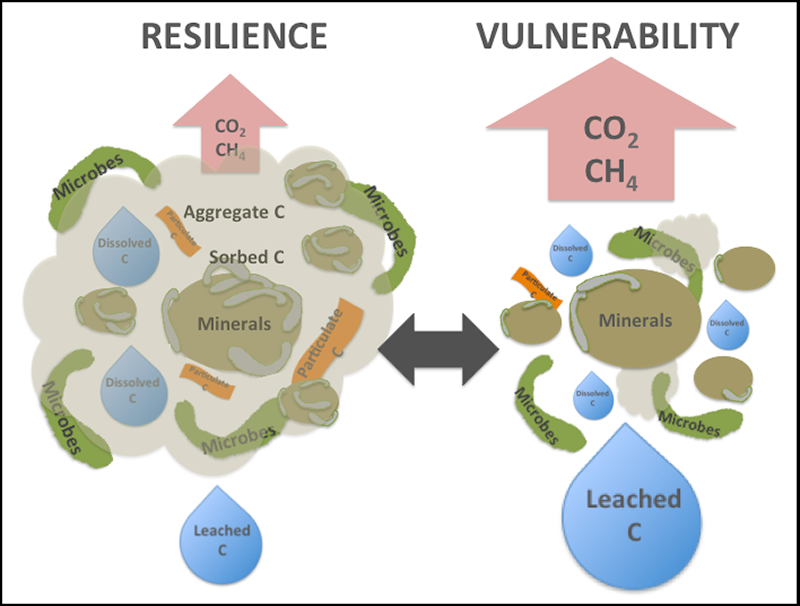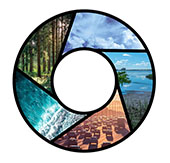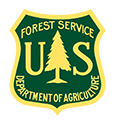Publications: U.S. Carbon Cycle Science Program International Decade of Soils Workshop
The U.S. Carbon Cycle Science Program convened the International Decade of Soils (2015–2024) Workshop at the University Corporation for Atmospheric Research (UCAR) in Boulder, Colorado, in March 2016.

A number of publications were published as outputs from this workshop. The goals and outcomes of the workshop are described in the workshop report (Mayes, Lajtha and Bailey, 2018):
'Soils play an important role in the world’s carbon cycle by exchanging carbon with the atmosphere and hydrosphere. Soil carbon storage regulates our climate and provides the basis for ecosystem and agricultural productivity. Understanding the role of soils is vital to these essential ecosystem services. The Conference of the Parties to the United Nations Framework Convention on Climate Change (November–December 2015) focused attention on carbon stabilization and developed an initiative to increase carbon stored in soil by 4 parts per 1000 each year. The White House Office of Science and Technology Policy called for a commitment to research and education in food and agriculture from all sectors. Meeting these commitments requires a comprehensive understanding of factors influencing the resilience and vulnerability of soil carbon...
...The workshop generated three frameworks for action:
- a method using soil order classifications for assessing and predicting soil vulnerability with respect to carbon loss and potential for mitigation
- a synthesis of proxies for modeling carbon cycling, such as carbon use efficiency, mineral sorption, and microbial community assembly
- measurable compartments for soil carbon models that consider mineral protection, sorption of dissolved organic carbon, aggregate formation, and particulate organic matter
...Supporting framework 1, workshop participants generated a survey to seek input from soil scientists on the impacts of global change on soil carbon...'
Publications developed from this CCIWG workshop:
- Abramoff, Rose & Xu, Xiaofeng & Hartman, Melannie & O’Brien, Sarah & Feng, Wenting & Davidson, Eric & Finzi, Adrien & Moorhead, Daryl & Schimel, Joshua & Torn, Margaret & Mayes, Melanie. 2017. The Millennial model: in search of measurable pools and transformations for modeling soil carbon in the new century. Biogeochemistry. https://doi.org/10.1007/s10533-017-0409-7.
- , , , et al. Soil carbon cycling proxies: Understanding their critical role in predicting climate change feedbacks. Glob Change Biol. 2018; 24: 895– 905. https://doi.org/10.1111/gcb.13926
- Mayes, M. A., K. Lajtha, and V. Bailey (2016), Advancing soil carbon cycle science, Eos, 97. 2016. https://doi.org/10.1029/2016EO056881




